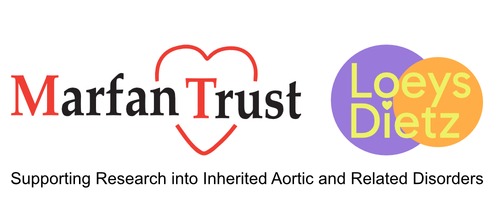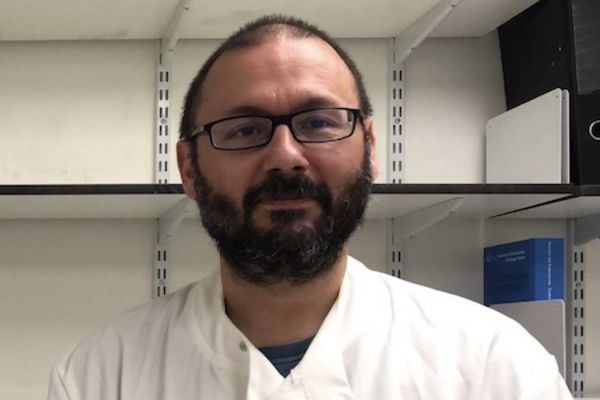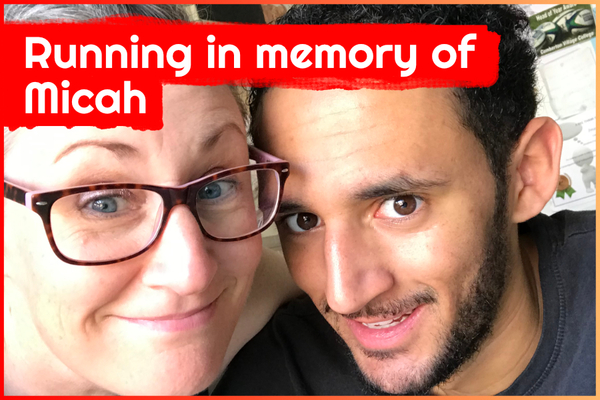At the time of writing this article, I was unveiling my new research at the American Society of Human Genetics (ASHG) 2023 Convention in Washington DC.
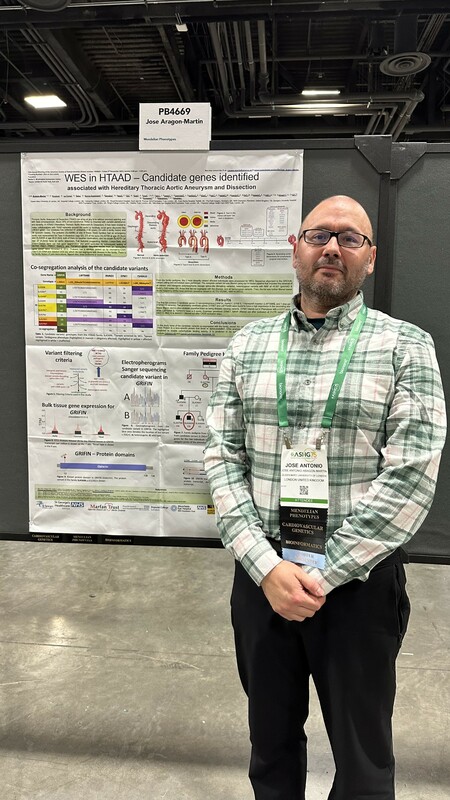
I have just presented a newly discovered gene causing Heritable Thoracic Aortic Aneurysm & Dissection (HTAAD). This is a momentous finding and was detected using whole exome sequencing (WES). The gene is called GRIFIN and is still in its infancy as further research must be performed on functional studies (how the gene relates to biological factors) and other families with the gene to clarify its nature. However, we have currently have a UK HTAAD family that seems to be linking their clinical feature to GRIFIN.
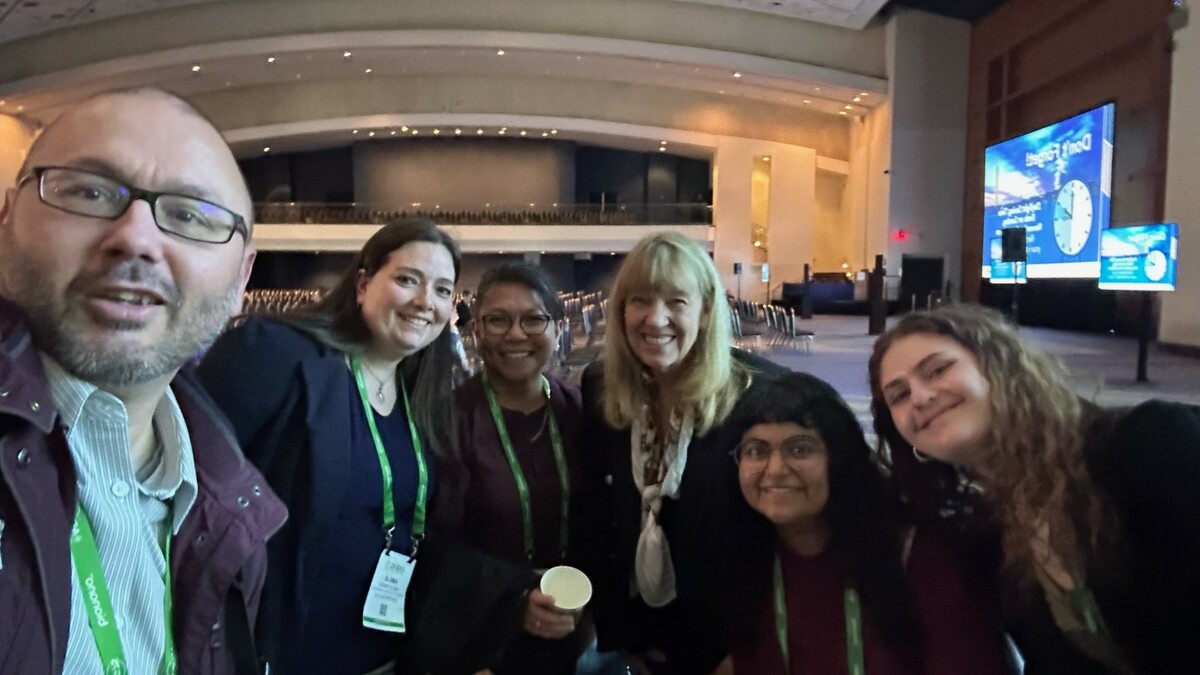
My MSc students, Vatsala and Silvia passed their exams and joined me in Washington DC for poster presentations. Whilst they have left the Sonalee Laboratory for private laboratory work, they are demonstrating their findings from the Marfan Trust at the ASHG. As discussed in the spring edition newsletter, Vatsala, Silvia, and a third student Sanjana have been studying four families:
2 x HTAAD (Hereditary Thoracic Aortic Aneurysm & Dissection)
2 x hEDS (hypermobile Ehlers-Danlos syndrome)
Both are overlapping clinical conditions, and perhaps, genetic pathways. This last one must be proved first.
We were working with Sanger sequencing to genotype variants in the family members that approached us to do the research. We thought we had some failures, because we were not able to pick up the variant in Sanger, while it was observed in the NGS (Next Generation Sequencing) screening. We realised that perhaps these special variants are not artefacts (mistakes created by the technique) but either not picked up by the designed primers (therefore, new primers need to be designed), or these variants are from DNA fragments that belong to another region of the genome (translocation). We strongly think it is the later, but to demonstrate this we will need to sequence family members with a technique that can prove this: either long read sequence (Oxford Nanopore, or PacBio), or Optical Genome Mapping. In an ideal world we would like to use Oxford Nanopore and Optical Genome Mapping at the same time to cover as much as we can when it comes to research.
